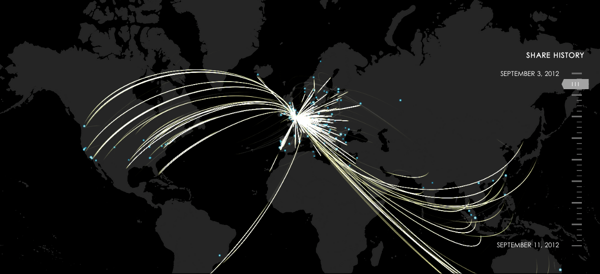A post called Evoking the Object: Physicality in the Digital Age of Music grabbed me the other day. There’s lots wrapped up in there – the interplay of analogue and digital, personalisation through deterioration, collector communities and an envious glance at the way video games demand a person’s full attention. What’s not to like?
Schrödinger’s Cassette is one result of some of these explorations. A compilation was recorded onto casette and then encased in concrete. Breaking it open might damage the cassette and anyway:
At the minimum, listening to a cassette requires having a cassette player, and acquiring one these days takes commitment.
The aim is to give people something that’s a little bit awkward and difficult to consume; something that won’t slip by unnoticed. It might be consumed by fewer people, but perhaps those people will care about it more. The intention is also to make for a stronger relationship between the person and the music. You can tell this was thought up by a music lover.
If Schrödinger’s Cassette went big on the analogue side of things, then at the other end of the spectrum you’ll find what The xx did to promote the stream for Coexist, giving a link to one fan and seeing it spread internationally through social connections.
It didn’t demand so much commitment from the listener, and I don’t think it aimed to foster such a deep, personal relationship with the music (it’s harder to take ownership of a stream, after all). However, it commanded attention in a different way, this time taking advantage of noisy social feeds and streams. It was a good demonstration of what can happen if you build a firework just right and then light a spark.
